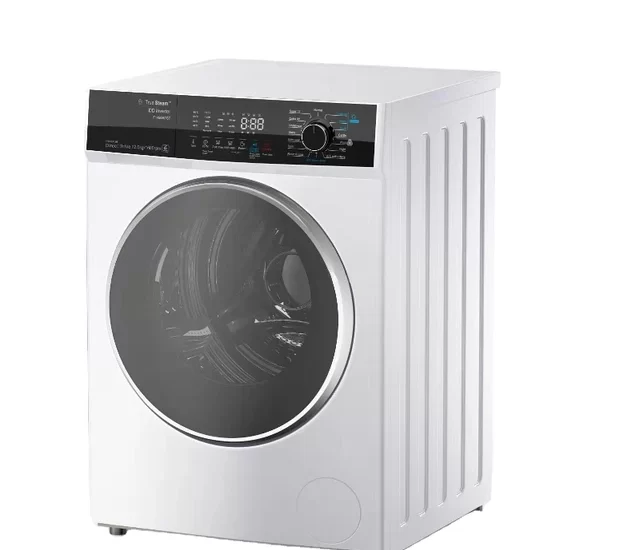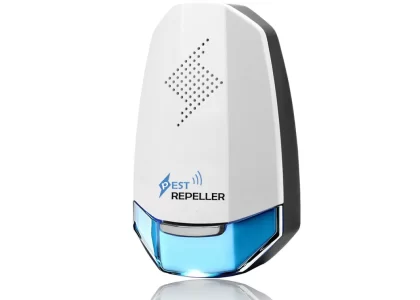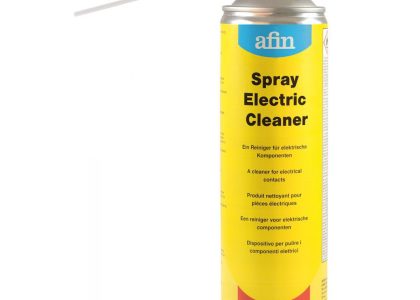Have you ever opened your washing machine, only to be hit with an unpleasant odor? This issue is more common than you might think. Many people overlook the importance of keeping their washing machines clean. This article will guide you through the process of removing any unpleasant smells from your washing machine. We will discuss the causes of these odors, preventive measures, and step-by-step cleaning methods.
 Understanding the Causes of Odors in Washing Machines
Understanding the Causes of Odors in Washing Machines
1. Moisture Accumulation
One primary cause of smell in washing machines is moisture. After a wash cycle, water can linger in the drum, door seal, or detergent compartments. Over time, this stagnation can lead to mold and mildew growth.
2. Detergent Buildup
Another significant factor is the buildup of detergent residues. Using too much detergent can lead to a soapy residue that accumulates over time. This residue can trap dirt and odors, creating an unpleasant smell.
3. Hair and Lint Debris
Hair, lint, and other debris often accumulate in the washing machine. These items can trap moisture and bacteria, further contributing to bad smells.
4. Drainage Issues
If your washing machine has poor drainage, water can remain in the wash basin. This can create a breeding ground for bacteria and mold.
 Prevention Measures
Prevention Measures
1. Leave the Door Open
One of the simplest ways to prevent odors is to leave the door of your washing machine open after using it. This allows air to circulate, preventing moisture buildup.
2. Use the Right Amount of Detergent
Always follow the manufacturer’s instructions for detergent use. This will help avoid unnecessary buildup inside the machine.
3. Regular Cleaning
Cleaning your washing machine regularly can help prevent odors. Make it a habit to clean your machine every month.
Step-by-Step Cleaning Guide
Step 1: Gather Your Supplies
Before you begin, collect the following supplies:
- White vinegar
- Baking soda
- Soft cloth or sponge
- Old toothbrush
- Spray bottle
- Bucket or large bowl
Step 2: Empty the Washing Machine
Make sure your washing machine is empty before you start cleaning. Check the drum and remove any clothing or items left inside.
Step 3: Clean the Gasket
The door seal (gasket) is often a hotspot for mold and mildew.
3.1 Inspect the Gasket
Carefully inspect the gasket for any visible mold or debris.
3.2 Wipe with Vinegar Solution
Mix one part white vinegar with one part water in a spray bottle. Spray the gasket and scrub it gently with a soft cloth or an old toothbrush.
3.3 Dry Thoroughly
After cleaning, dry the gasket with a clean cloth. Make sure it is completely dry to prevent future mold growth.
 Step 4: Clean the Drum
Step 4: Clean the Drum
Now, let’s tackle the drum itself.
4.1 Use Vinegar and Baking Soda
Pour two cups of white vinegar directly into the drum. Then, add half a cup of baking soda.
4.2 Run a Hot Cycle
Close the door and set your washing machine to the hottest cycle. Start the machine and let it run through the entire cycle. The combination of vinegar and baking soda will help break down any residue and odors.
Step 5: Clean the Detergent Drawer
5.1 Remove the Drawer
Take out the detergent drawer from your washing machine. Check your user manual if you’re not sure how to remove it.
5.2 Soak and Scrub
Soak the drawer in hot, soapy water. Use an old toothbrush to scrub any built-up detergent residue.
5.3 Rinse and Dry
Rinse the drawer thoroughly and allow it to dry completely before putting it back.
 Step 6: Check the Drain Filter
Step 6: Check the Drain Filter
Many front-loading machines come with a drain filter.
6.1 Locate the Filter
Refer to your user manual to locate the drain filter.
6.2 Clean the Filter
If easily accessible, remove the filter and clean it under running water. Make sure it is free from any hair or lint.
Step 7: Final Rinse Cycle
7.1 Run Another Hot Cycle
After completing the previous steps, run another hot cycle with just water. This will help flush any remaining residues from the machine.
7.2 Check for Odors
Once the cycle is complete, smell the drum. If there’s still an odor, you may need to repeat some of the cleaning steps.
Additional Tips for Maintaining a Fresh Washing Machine
1. Use Commercial Cleaning Products
While natural ingredients are effective, commercial washing machine cleaners are also available. These products are specifically designed to tackle odors and buildup.
2. Regular Maintenance Schedule
Create a regular maintenance schedule to keep odors at bay. Cleaning the washing machine every month can prevent issues from recurring.
3. Avoid Leaving Wet Items
Do not leave wet or damp clothes in the washing machine for an extended period. This can quickly lead to odors.
4. Check Hoses and Drainage
Regularly check hoses for kinks or blockages. Ensure that water drains properly during cycles.
5. Seasonal Deep Clean
Consider doing a more thorough clean each season. This can include cleaning behind and beneath the machine where dust and dirt accumulate.
Several types of washing machines
There are several types of washing machines, including:
Top-Load Washing Machines: These have a lid on the top and allow users to load clothes from the top. They can be either agitator or impeller types.
Front-Load Washing Machines: These have a door that opens from the front. They are generally more water and energy-efficient and offer better cleaning performance.
Washer-Dryer Combos: These machines combine both washing and drying capabilities into one unit, making them space-saving and convenient, especially for small living spaces.
High-Efficiency (HE) Washing Machines: These use less water and energy compared to traditional models. They can be found in both top-load and front-load versions.
Portable Washing Machines: Smaller and lighter, these machines are ideal for apartments or homes without a dedicated laundry space. They can often be hooked up to a sink.
Commercial Washing Machines: Typically found in laundromats or businesses, these are designed for heavy usage and can handle larger loads.
Smart Washing Machines: Equipped with smart technology, these machines can be controlled via a smartphone app and often feature advanced settings and diagnostics.
Each type has its own advantages and is suitable for different needs and preferences.
Some key trends:
The trends in washing machines have been evolving rapidly, driven by technological advancements, consumer preferences, and environmental concerns. Here are some key trends:
Smart Technology: Many new washing machines are equipped with smart features, allowing users to control and monitor them via smartphone apps. This includes remote start, notifications, and diagnostics.
Energy Efficiency: There is a growing emphasis on energy-efficient models that consume less water and electricity, meeting stricter environmental regulations and appealing to eco-conscious consumers.
Compact and Stackable Designs: With urban living spaces becoming smaller, compact and stackable washing machines are gaining popularity, allowing for efficient use of space.
Steam Wash and Sanitization: Machines that offer steam cleaning capabilities are becoming more common, as they help in removing tough stains and sanitizing laundry, a feature that is particularly appealing in the wake of health concerns.
Noise Reduction: Advances in technology have led to quieter washing machines, which is a significant consideration for many consumers, especially those living in apartments.
Customizable Wash Cycles: Modern washing machines offer various wash cycle options tailored to specific fabrics and stain types, providing more control over the washing process.
Sustainable Materials: Manufacturers are increasingly using sustainable materials in their designs, reflecting a shift towards eco-friendly products.
Inverter Technology: Inverter motors not only increase efficiency but also reduce noise and vibrations, making them a sought-after feature in new machines.
These trends illustrate a move towards more efficient, user-friendly, and environmentally conscious appliances in the laundry room.
 Conclusion
Conclusion
In conclusion, the unpleasant smell coming from your washing machine can be eliminated with proper care and maintenance. By following the steps outlined in this guide, you can ensure that your washing machine remains fresh and odor-free.
Regular cleaning, using the right products, and routine checks can save you from the hassle of dealing with bad odors. Remember, a clean washing machine not only smells good but also works better and extends the life of your appliance. Don’t wait until the smell becomes unbearable. Start your cleaning process today and enjoy fresh and clean laundry every time!





